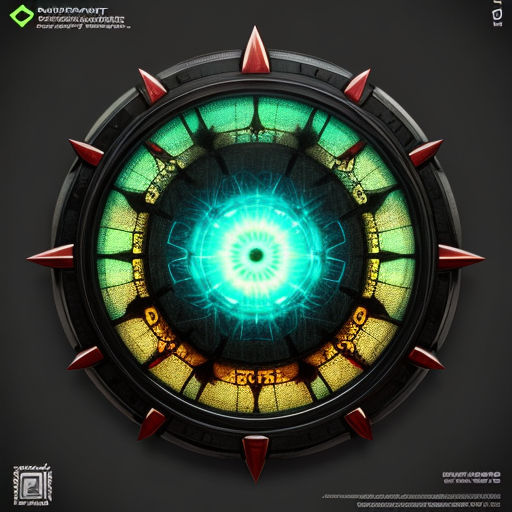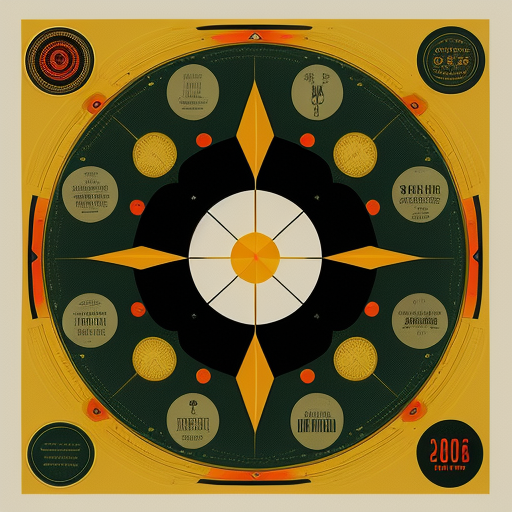Captivating and Informative: Exploring the Art of Brochure Design
Brochure design is a creative process that involves crafting visually appealing and informative printed materials for businesses. A brochure is a folded document that presents relevant information about a company, product, service, or event. In this blog post, we delve into the world of brochure design, exploring its purpose, key elements, and its role as a powerful marketing tool for businesses.
- Purpose and Objectives:
Brochures are designed to convey information and captivate the target audience. They serve various purposes, including promoting products or services, providing company overviews, sharing event details, or showcasing a portfolio. Understanding the specific purpose helps in crafting an effective design.
- Visual Appeal:
Eye-catching visuals are essential in brochure design. Color schemes, typography choices, and imagery play a crucial role in grabbing attention and engaging readers. A well-designed brochure captivates the audience and encourages them to explore the content further.
- Clear and Concise Information:
Brochures should present information in a clear and concise manner. A well-organized layout with sections, headings, and bullet points helps readers quickly grasp the key messages. Avoid overwhelming the audience with excessive text and ensure the content is easy to read and understand.
- Compelling Copywriting:
Effective brochure design goes hand in hand with persuasive copywriting. Engaging headlines, compelling taglines, and concise descriptions are crucial in conveying the value proposition and generating interest. Well-crafted copy enhances the overall impact of the design.
- Branding Consistency:
Brochures should reflect the brand identity of a business. Consistency in terms of logo placement, color palette, typography, and overall design aesthetics helps strengthen brand recognition and reinforces a professional image.
- Layout and Structure:
The layout and structure of a brochure should guide readers through the content seamlessly. Well-placed visuals, balanced text-to-image ratios, and logical flow contribute to a pleasant reading experience. Consider the use of grids, columns, and white space to enhance readability.
- Call to Action:
Including a clear call to action is essential in brochure design. Whether it's directing readers to a website, encouraging them to make a purchase, or inviting them to an event, a compelling call to action prompts the desired response and drives engagement.
Brochure design is an art form that combines creativity, strategic thinking, and effective communication. Well-designed brochures serve as valuable marketing collateral, capturing attention, conveying information, and promoting businesses, products, or services. By understanding the purpose, key elements, and best practices of brochure design, businesses can create captivating and informative printed materials that leave a lasting impression on their target audience.



